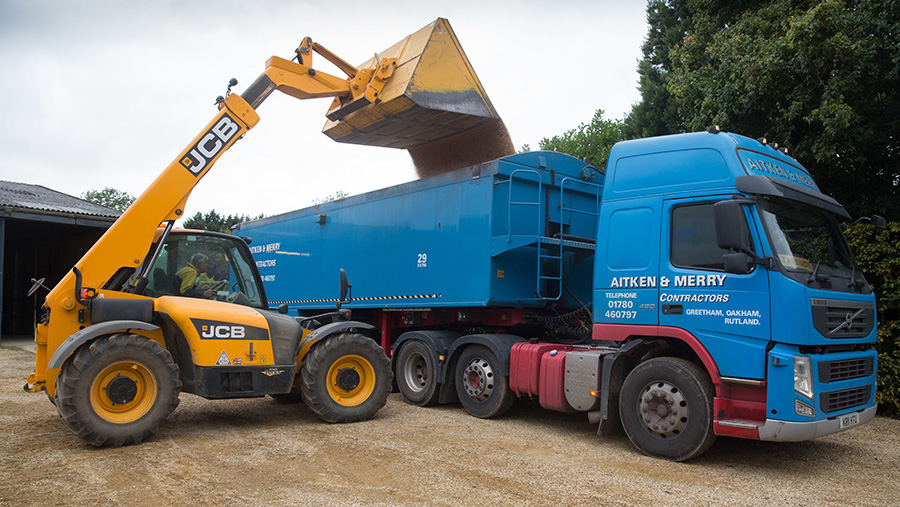Farm profitability forecast to rise 15% in 2017
 © Tim Scrivener
© Tim Scrivener UK farm profitability could increase by 15% in 2017, driven by improving commodity prices and sterling remaining relatively weak.
The forecast comes from farm business consultants, Andersons, which runs a model tracking Total Income From Farming (Tiff) figures released by Defra and then forecasts its future direction.
Farmgate prices have been higher for the past six months because of the fall of the pound since the EU referendum, helping to increase the cost of imports.
Assuming the pound remained relatively weak next year, farmgate prices could continue to be higher than they were at the beginning of 2016, said Andersons, giving farmers better returns for a whole year, rather than just six months.
See also: Business Clinic: How can I protect my business from currency volatility?
What is Total Income From Farming?
Total Income from Farming (Tiff) is a measurement used by Defra.
It shows the income generated by all UK farming businesses on a calendar year basis and measures the return to all entrepreneurs for their management, labour and capital invested.
It includes subsidies and non-agricultural activities such as further processing or tourist activities where these cannot be separated from the agricultural business.
Tiff is an industry-wide measure and masks many of the differences between different sectors or regions, and individual farms.
Underlying market conditions also looked favourable and would likely continue to push up commodity prices for sectors such as dairy and pigs, said the report.
Andersons therefore forecast Tiff to increase by 15% in 2017 on 2016 levels, to £4.9bn.
To put it in context, Tiff in 2014 was £5.4bn.
“Looking to 2017 the key question is around currency,” wrote Anderson’s head of business research, Richard King.
“Will Brexit uncertainty keep the pound weak – at current levels or lower?
“Or will the decision gradually become part of the economic ‘landscape’ and sterling strengthen as the UK economy avoids the predicted recession?”
See also: Trade deals: Where next for EU agricultural markets?
However, the farming industry should not be complacent about the impact of this “Brexit boost” in the longer term, added Michael Haverty, senior agricultural economist at Andersons.
Farming businesses needed to proactively look at how Brexit might impact their farm profitability.
2016 looking better than predicted
The rise in 2017 is likely to come on top of an improvement in UK aggregate farm profit in 2016, which Andersons believed could have risen by 12-15% (to £4.3bn) compared with Defra’s provisional figures, released in 2015.
“Until the middle of the year, it appeared that 2016 was likely to be little better than 2015 in terms of farm profitability,” said Mr King.
“The low market prices, which had resulted in 2015 returns being 29% down on the previous year, were still very much in evidence. Then, of course, came the vote to leave the EU, and the subsequent weakening of sterling.”
Returns could start to weaken in 2018
A “very tentative forecast” for 2018 suggested some weakening of returns may start to kick in, said Mr King.
“This would be a combination of input cost inflation and also some cyclical weakening in key sectors.”
The first Defra official estimate for 2016 Tiff will be published in April.
